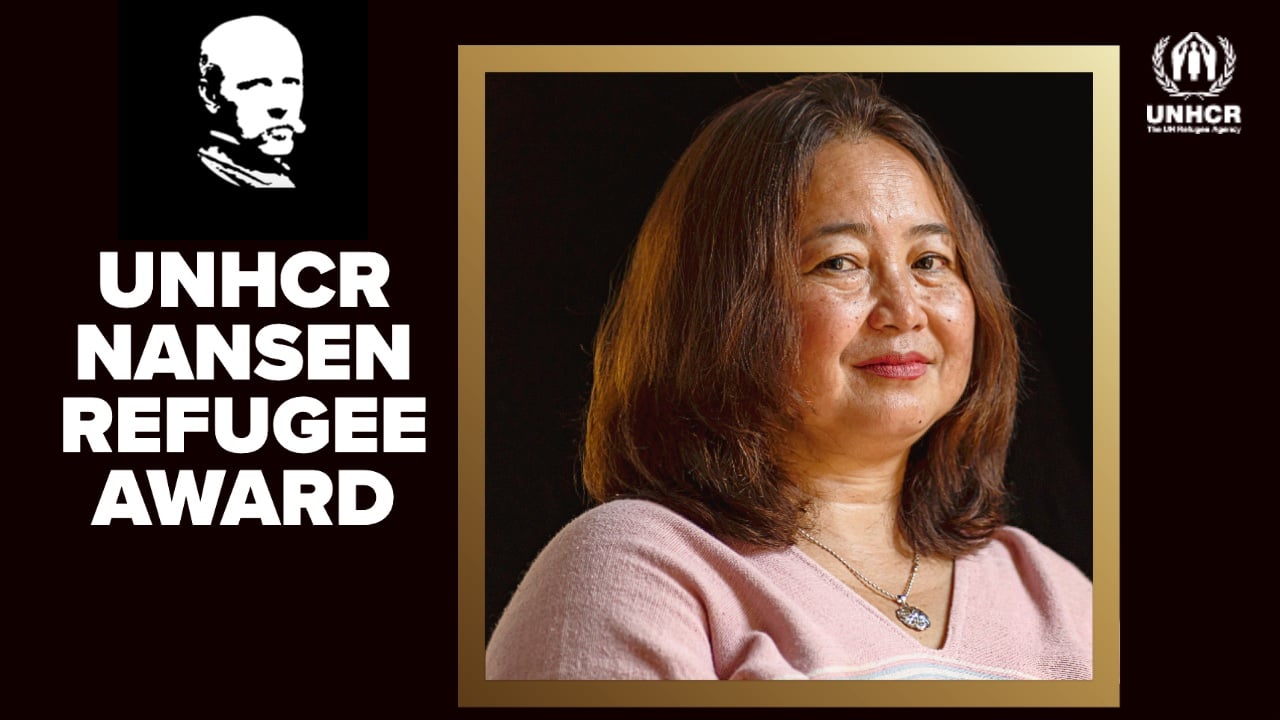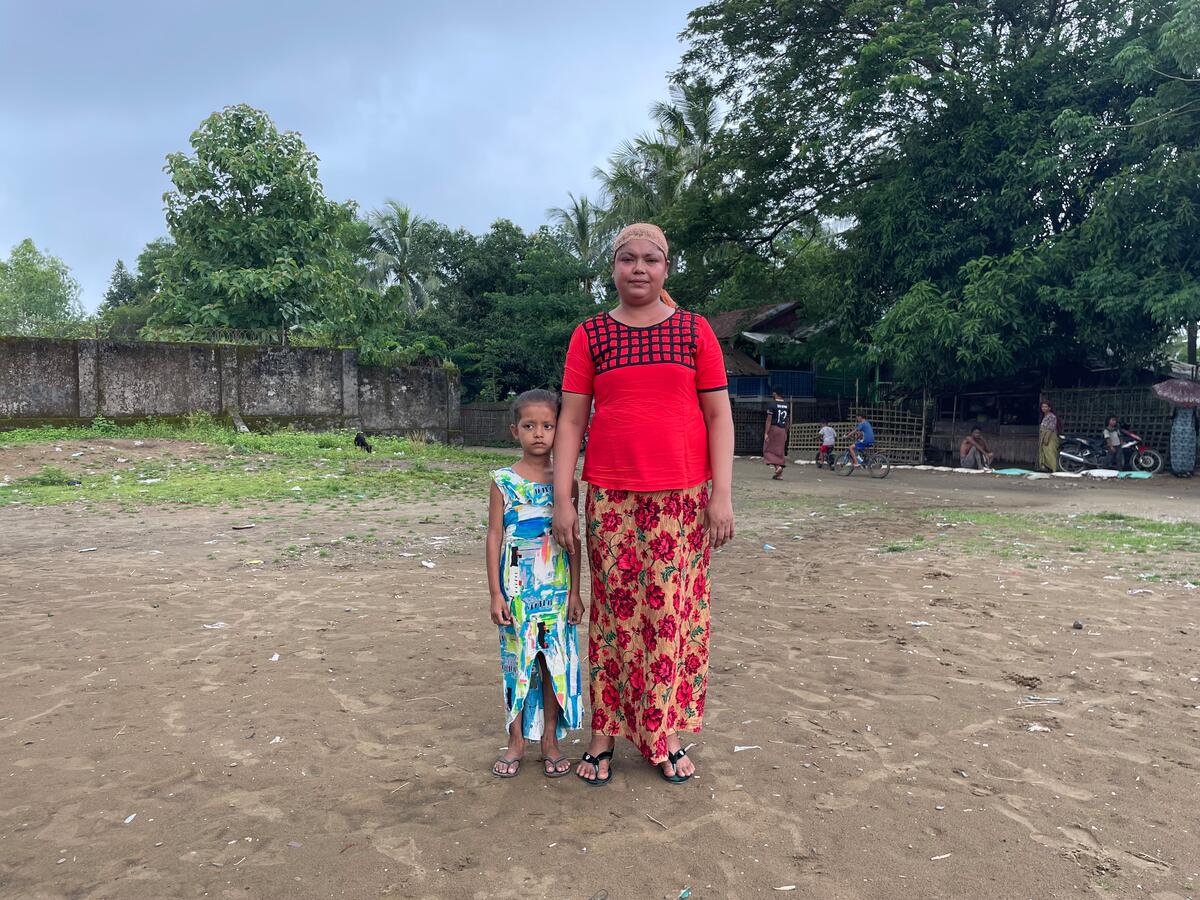20,000 displaced face tough time after fleeing fighting in eastern Sri Lanka
20,000 displaced face tough time after fleeing fighting in eastern Sri Lanka

COLOMBO, Sri Lanka, January 9 (UNHCR) - More than 20,000 people have fled fighting and harsh conditions in the eastern Sri Lankan coastal strip of Vaharai in the past three weeks, but despite reaching relative safety they still face many problems and an uncertain future.
"Everyone we have spoken to has said their route out of Vaharai was extremely difficult," said Yoko Akasaka, head of the UNHCR field office in the town of Batticaloa. Press reports have cited people crossing frontlines, fording swollen rivers and braving crossfire to escape the rebel-controlled area.
"But there are still many struggles ahead," Akasaka noted. "Sites are hosting people at twice their actual capacity, the district is facing a potential food shortage and many families have been separated in flight or during transport to emergency sites."
Most of the displaced were put up in schools when they arrived in government-controlled Batticaloa district, which lies to the south of Vaharai. But the new term has begun and the pressure to vacate public buildings is increasing.
UNHCR and partner agencies are preparing nearly 30 longer-term sites to accommodate up to 5,000 families and the process of moving people to the new government-proposed sites should be completed by the end of the month.
But this will only partially solve the problem. "Even if all the sites proposed so far are suitable, they will provide less than two thirds of the space we need," Akasaka said. "People tell us many more will be arriving. We are concerned about the condition of some 15,000 civilians remaining in Vaharai, who have endured months of fighting and limited humanitarian access."
UNHCR continues to receive reports of people escaping from the Vaharai region via jungle paths or along coastal routes. Most bring few belongings and nobody is carrying food - two months of heavy fighting has prevented vital supplies from entering Vaharai.
UNHCR and other agencies are able to address some basic immediate needs, including clothing, bedding and cooking utensils. The refugee agency has distributed more than 8,000 sarongs and saris as well as basic household kits - comprising mosquito net, bed sheet and mats, pots, pans, towels and soap - to more than than 90 percent of the displaced.
"The humanitarian community can give basic relief, can help people find their families again, but there are bigger questions that also need to be addressed: the trauma people have gone through, the livelihoods and property they have left behind, and their fears for the future," Akasaka said.
"Many people first fled to Vaharai because of violence elsewhere and they are worried about whether it will be safe to go back. They simply don't know where they will be safe. Even here, there are reports of abductions from displacement sites."
UNHCR has offered the authorities assistance in organising so-called "go-and-see" visits so community leaders and other volunteers can visit their former homes, many further north of Vaharai in Trincomalee district, and decide whether return would be safe and sustainable.
As fighting continues to erupt across Sri Lanka's north and east, the future is uncertain for Vaharai's internally displaced people (IDPs) - just as it is for most of Sri Lanka's 465,000 IDPs, including some 216,000 people forced from their homes by last year's violence.
By Clare Graham in Colombo, Sri Lanka








